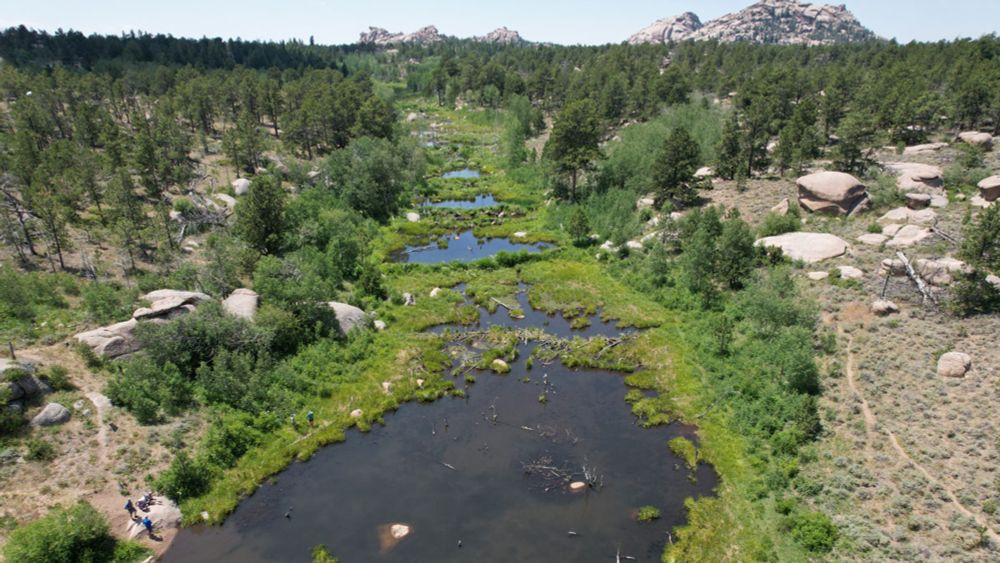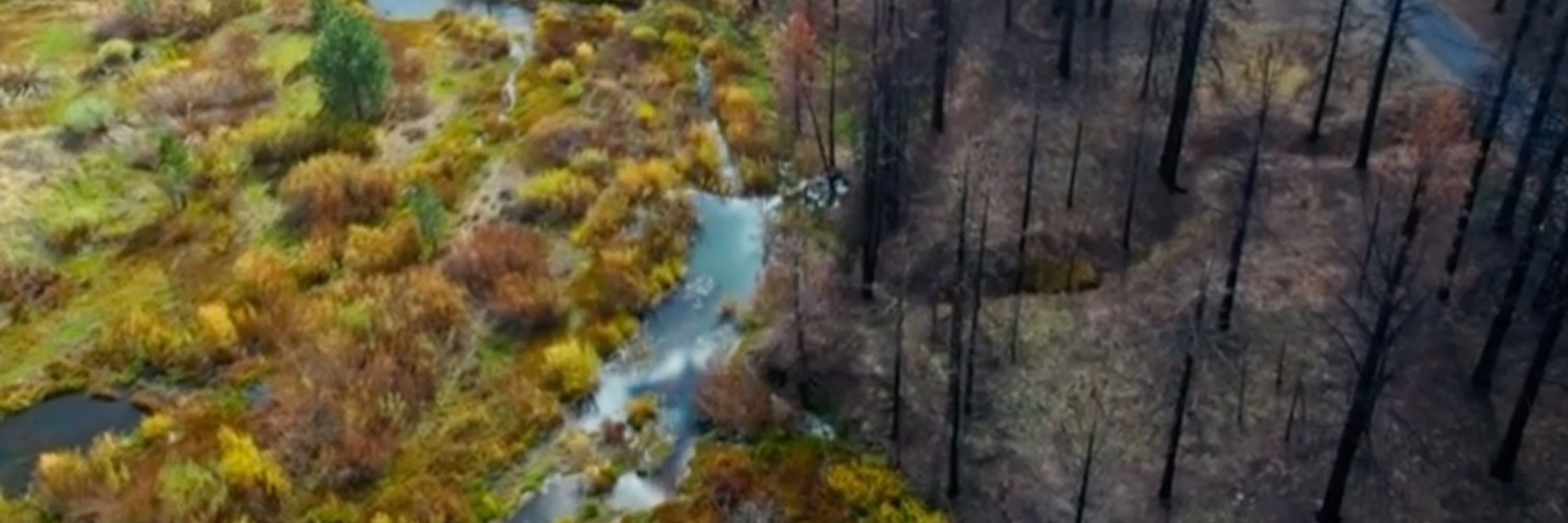
All my favorite things! In one movie!
Check out the new trailer for Pixar's Hoppers, coming out this spring!
youtu.be/PypDSyIRRSs?...

All my favorite things! In one movie!
Check out the new trailer for Pixar's Hoppers, coming out this spring!
youtu.be/PypDSyIRRSs?...
Learn more: stanford.io/4prrRsf
#biodiversity #naturalclimatesolutions
Learn more: stanford.io/4prrRsf
#biodiversity #naturalclimatesolutions
A slightly surreal moment hearing Dame Joanna Lumley narrate my PhD research. Thankyou to Nina Constable and @emccandlessphoto.bsky.social for letting me play a small part in this film. A brilliant film on beavers and migratory fish!🦫🐟
Link: m.youtube.com/watch?v=uZE5...
A slightly surreal moment hearing Dame Joanna Lumley narrate my PhD research. Thankyou to Nina Constable and @emccandlessphoto.bsky.social for letting me play a small part in this film. A brilliant film on beavers and migratory fish!🦫🐟
Link: m.youtube.com/watch?v=uZE5...
Beavs are stubborn little engineers and don’t particularly care to pull permits or share their design plans with us. Luckily, humans are clever engineers too and can share (not take!) control of the water with a bit of fencing and some pipes!

Beavs are stubborn little engineers and don’t particularly care to pull permits or share their design plans with us. Luckily, humans are clever engineers too and can share (not take!) control of the water with a bit of fencing and some pipes!
storymaps.arcgis.com/stories/4c8b...
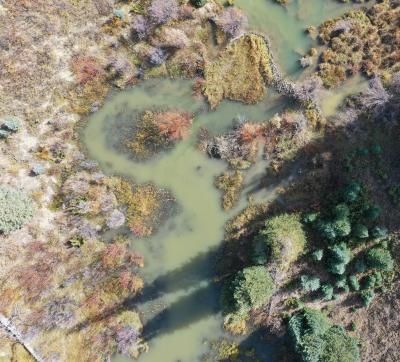
storymaps.arcgis.com/stories/4c8b...
Do you enjoy storytelling?
Are you or is someone you know a kid?
If you answered yes to any of the above, then check out this episode of Terrestrials!
www.wnycstudios.org/podcasts/rad...
Do you enjoy storytelling?
Are you or is someone you know a kid?
If you answered yes to any of the above, then check out this episode of Terrestrials!
www.wnycstudios.org/podcasts/rad...

But we’re trying our best to understand them & work together to fight wildfires!
Check out this article covering Luwen’s recent paper and some of my previous fire + beavs work!
www.cbc.ca/news/canada/...

But we’re trying our best to understand them & work together to fight wildfires!
Check out this article covering Luwen’s recent paper and some of my previous fire + beavs work!
www.cbc.ca/news/canada/...
New study uses #RemoteSensing to map beaver dams + ponds with an eye toward prioritizing areas for restoration and reintroducing beavers.
🔗 bit.ly/bringing-back-beavers

New study uses #RemoteSensing to map beaver dams + ponds with an eye toward prioritizing areas for restoration and reintroducing beavers.
🔗 bit.ly/bringing-back-beavers
Get your answers in this new paper by Luwen Wan, Kate Maher, & myself!
www.nature.com/articles/s43...
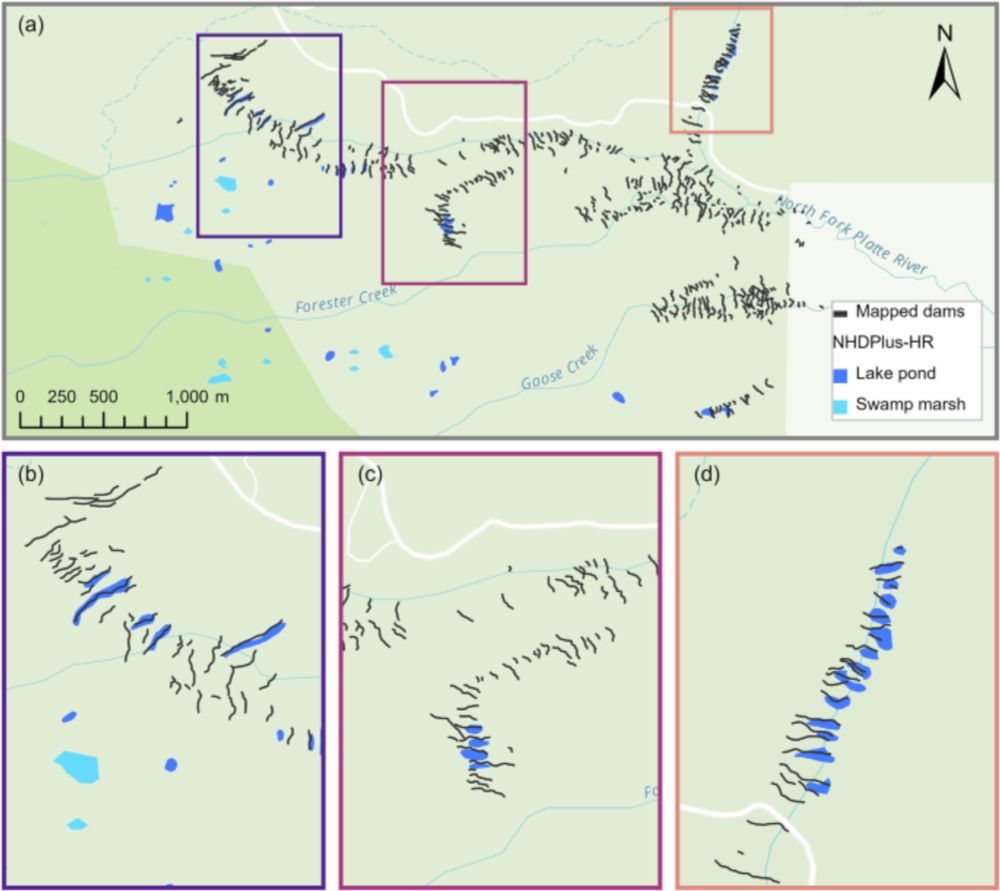
Get your answers in this new paper by Luwen Wan, Kate Maher, & myself!
www.nature.com/articles/s43...
jobs.exeter.ac.uk/hrpr_webrecr...
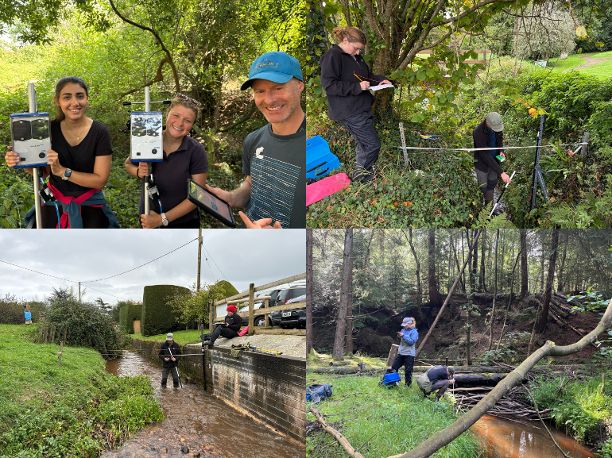
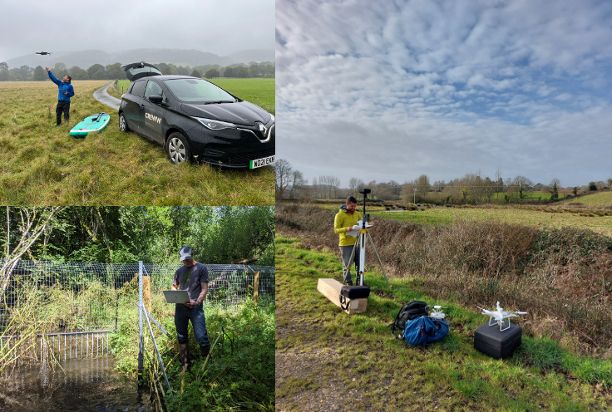
jobs.exeter.ac.uk/hrpr_webrecr...
There are many models for beaver habitat availability & dam building potential. One thing they all have in common? They need to be calibrated with local knowledge of place-based beaver behavioral adaptations!
There are many models for beaver habitat availability & dam building potential. One thing they all have in common? They need to be calibrated with local knowledge of place-based beaver behavioral adaptations!
Authors: Alex Tekatch, Chantel Markle, Sophie Wilkinson, Paul Moore, @mercury-ecohydro.bsky.social, @peatofmind.bsky.social
onlinelibrary.wiley.com/doi/10.1002/...
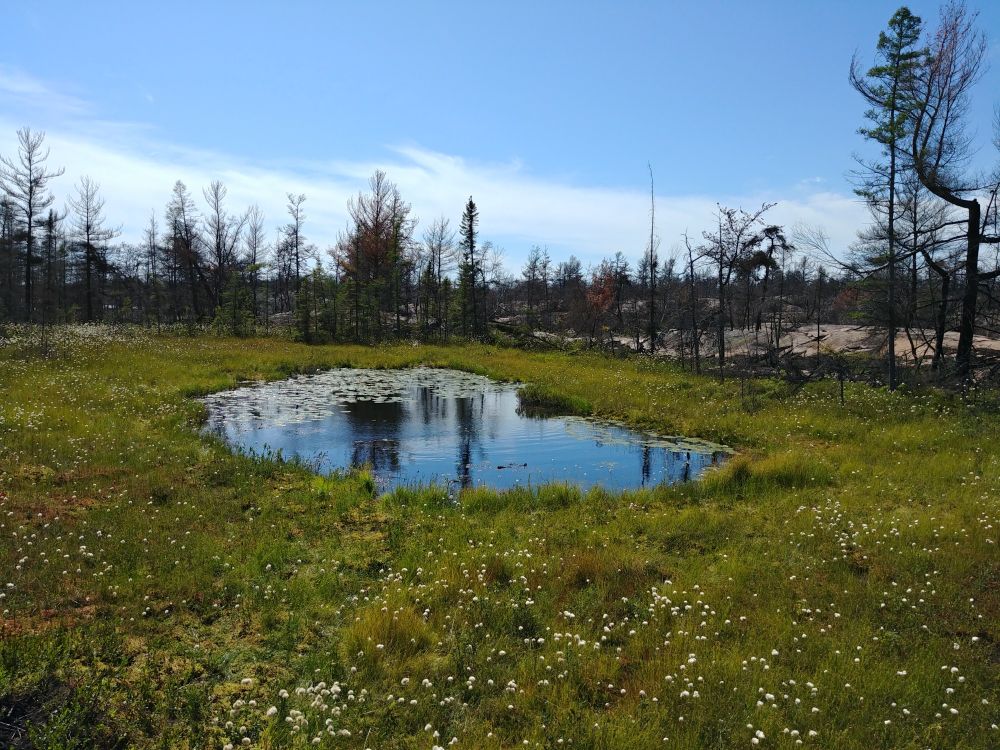
Authors: Alex Tekatch, Chantel Markle, Sophie Wilkinson, Paul Moore, @mercury-ecohydro.bsky.social, @peatofmind.bsky.social
onlinelibrary.wiley.com/doi/10.1002/...
www.youtube.com/watch?v=wpLu...

www.youtube.com/watch?v=wpLu...
Check it out to hear all about how #beavers were part of the Mississippi River Basin's past, and need to be part of its future as climate changes!
www.youtube.com/live/C9NyCr4...

Check it out to hear all about how #beavers were part of the Mississippi River Basin's past, and need to be part of its future as climate changes!
www.youtube.com/live/C9NyCr4...
This beav at 12pm sharp: sup
This beav at 12pm sharp: sup
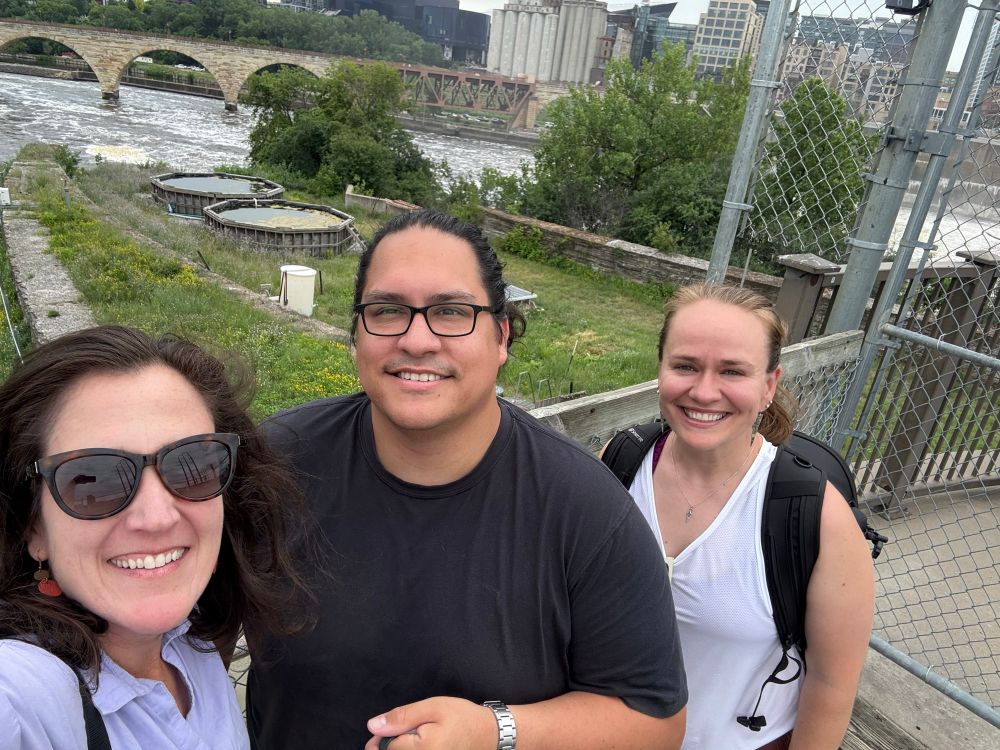



Do you have a question about beavers, their wetlands, or how they relate to climate change? Ask it here!
I’ll be sharing bits of beaver knowledge throughout the day, and if there is a question I *don’t* know the answer to, I will know who to ask to get it!
Do you have a question about beavers, their wetlands, or how they relate to climate change? Ask it here!
I’ll be sharing bits of beaver knowledge throughout the day, and if there is a question I *don’t* know the answer to, I will know who to ask to get it!


westgov.org/news/article...

westgov.org/news/article...
Scientist @emilyfairfax.bsky.social is proving what nature has long known: beavers are the solution.
📺 Full story: youtu.be/F-HWKkIyfl0?...
#BeaverPower #ClimateResilience

Scientist @emilyfairfax.bsky.social is proving what nature has long known: beavers are the solution.
📺 Full story: youtu.be/F-HWKkIyfl0?...
#BeaverPower #ClimateResilience


